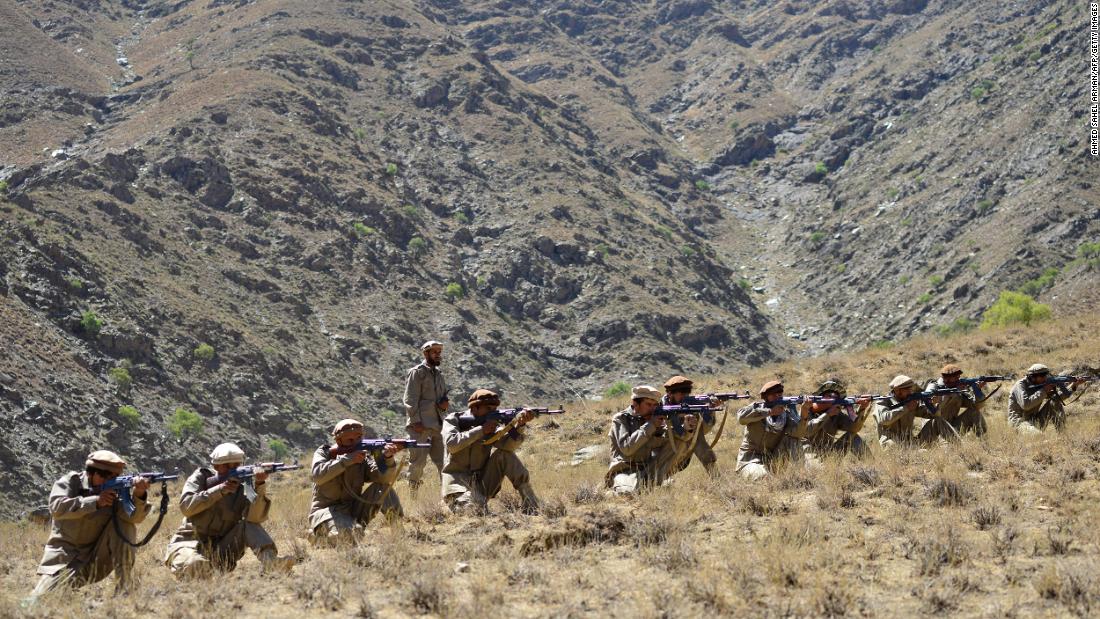
The Panjshir Valley, a mountainous and inaccessible region north of Kabul, is the latest major obstacle against the Taliban government and has a long history of resistance to the insurgent group.
Sporadic fighting between the Taliban and the National Resistance Front (NRF) has continued for the past two weeks. The Taliban have gathered forces in and around Panjshir province in recent weeks and said Monday they had captured three districts in the valley.
The nightly clashes between the Taliban and the National Resistance Front of Afghanistan (NRF) began Thursday afternoon and were very intense, the NRF source said.
“They (the Taliban) are using their last power to enter, but the clashes continue,” the source added.
Earlier Thursday, NRF spokesman Fahim Dashti said in an audio message that the Taliban had lost 40 of their forces in their ongoing attempts to enter Panjshir. Ali Nazary, another spokesman for the group, said on Thursday that the Taliban had also lost several heavy equipment and weapons that had been destroyed.
CNN has not independently verified the Taliban casualties.
Separately, a Taliban source provided videos allegedly about the fighting and the aftermath. CNN was unable to immediately verify the location or when the videos were filmed.
On Wednesday, a Taliban leader asked Panjshiris to accept an amnesty and avoid fighting, but acknowledged that negotiations so far had yielded no results. He said the situation “must be resolved peacefully,” but did not directly address claims of renewed fighting and casualties.
The Panjshir Valley is the epicenter of the Afghan guerrilla war and has long resisted foreign occupation, from the army of the British Empire to Soviet and Taliban forces.
The rugged, inaccessible landscape plays a role in their defensive success, giving local forces an advantage over aspiring invaders.
After the USSR, which controlled Kabul and large parts of the country in the 1980s, withdrew from Afghanistan in 1989, several factions of mujahedeen (or Islamic holy warriors) split into groups, fighting for control of the country.
The coalition and the broader NRF are now led by Massoud’s son, Ahmad Massoud, who has vowed to continue the fight against the Taliban in the wake of his upcoming takeover of Afghanistan.
Massoud and the NRF are now gathering anti-Taliban forces in the Panjshir Valley, which include local resistance forces as well as remnants of the former Afghan army.
People fleeing the Taliban, including former Afghan vice president Amrullah Saleh, have also sought refuge in the valley.
He added that he and the NRF were still trying to negotiate with the Taliban, but so far this dialogue “has not resulted in anything tangible.” Talks have been held in the town of Charika, the capital of the neighboring province of Parwan.
“Negotiations have their limits,” he said, citing a prominent Prussian military general. “War is the continuation of politics, and if we face aggression, we will be forced to fight and launch resistance to defend our land, our people and our values.”